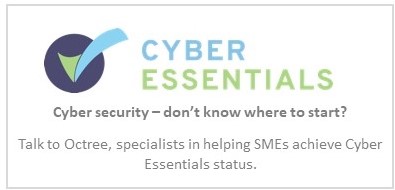How to protect your web
Web security refers to the protective measures and protocols implemented to safeguard websites, web applications, and web users from various cyber threats and attacks. It's a critical component of overall cybersecurity, especially given the increasing reliance on web-based services and applications in both personal and professional contexts.
Here are some key web security solutions:
Web Content Filtering
Web content filtering involves screening and blocking access to potentially harmful or inappropriate web content. It helps organizations enforce acceptable use policies and protect users from malicious websites.
Cloud Access Security Broker (CASB)
CASB solutions provide visibility and control over data and user activity in cloud services. They help organizations secure their use of cloud applications by enforcing security policies and detecting threats.
Web Application Firewall (WAF)
A WAF protects web applications by filtering and monitoring HTTP traffic between a web application and the Internet. It helps defend against attacks like SQL injection, cross-site scripting (XSS), and other common web exploits.
Secure Service Edge (SSE)
SSE is a security framework that combines multiple cloud-based security functions, including Secure Web Gateway (SWG), CASB, and Zero Trust Network Access (ZTNA). It provides comprehensive security for users accessing web and cloud services from any location.
Browser Isolation
Browser isolation technology creates a secure, isolated environment for web browsing, separating the browsing activity from the local network and devices. This helps prevent malware and other web-based threats from reaching the endpoint.
Statistical Evidence of Web Security Importance
The critical nature of web security is underscored by several alarming statistics:94% of malware is delivered via email, highlighting the importance of securing web-based communication channels.
- Phishing attacks are prevalent, with 84% of businesses reporting such incidents.
- The average cost of a data breach reached $4.45 million in 2023, the highest on record.
- 74% of cybersecurity breaches are caused by human error, emphasizing the need for robust web security measures to protect users.
- The average time to identify a breach is 207 days, with the average lifecycle of a breach being 277 days from identification to containment.
- In 2022, the Federal Trade Commission received more than 1.1 million reports of identity theft, many of which were facilitated through web-based attacks.
- Security breaches increased by 68% in 2021, indicating a growing threat landscape.
These statistics highlight the critical importance of implementing comprehensive web security measures to protect against the ever-evolving landscape of cyber threats. By employing solutions like content filtering, CASB, WAF, SSE, and browser isolation, organizations can significantly enhance their web security posture and mitigate the risks associated with web-based attacks and data breaches.

To find out more about how we can resolve your IT issues please email or call us:
Send us an email Call us +44 (0)1462 416400













